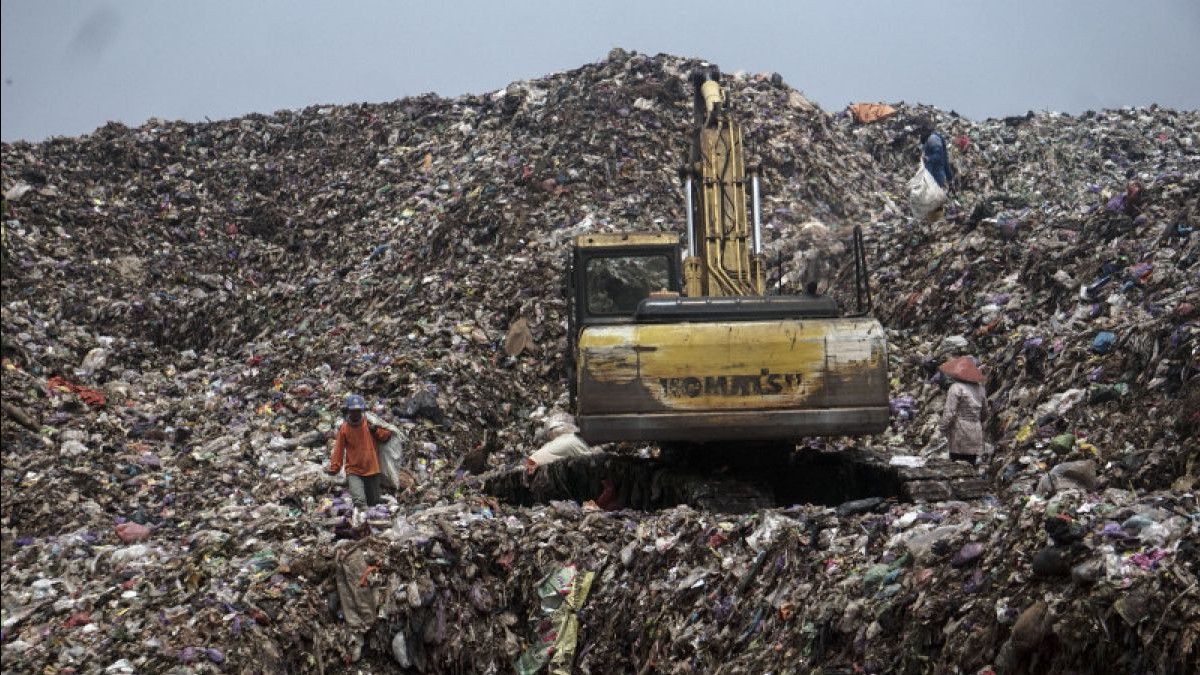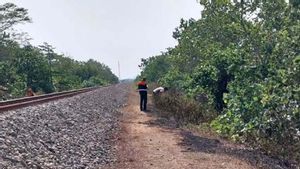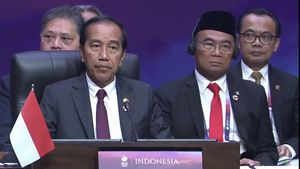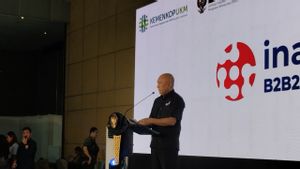
JAKARTA - The Ministry of National Development Planning/National Development Planning Agency (PPN/Bappenas) said that food waste is the largest contributor to waste accumulation in Indonesia.
The number reached more than 40 percent in 2022. In the same period, this was partly due to COVID-19. In fact, the prevalence of malnutrition in Indonesia has increased to reach above 10 percent in 2022. So, this is an irony that has led us to try to understand these issues more deeply, "said Deputy for Maritime Affairs and Natural Resources of the Ministry of National Development Planning/Bappenas Vivi Yulawati, quoted from ANTARA, Wednesday, October 11.
His party is said to have conducted a food loss and waste study with other partners who are placed as priority sectors in circular economic policies, especially in the food and beverage industry.
In the study, it was found that there were 184 kilograms (kg) of food loss and waste per capita per year in Indonesia from 2000 to 2019.
This produces greenhouse gas emissions of around 1.7 thousand megaton carbon dioxide (CO2) equivalent and losses of up to IDR 550 trillion per year or equivalent to 5 percent of Indonesia's Gross Domestic Product (GDP).
"The loss of nutrients due to food and loss waste in the last 20 years can actually feed about 125 million people, or about half of the total population of Indonesia. So this is really an irony," said Vivi.
In the business scenario, it is estimated that food loss and waste generation in Indonesia can reach above 300 kg per capita per year by 2045.
With the right food loss and waste management direction, his party anticipates the occurrence of food loss and waste generation which will be reduced to only 166 kg per capita per year in 2045.
The anticipatory efforts were carried out with five policy directions. The first is the change in the behavior of all Indonesians so that they are not wasteful by throwing away food.
Furthermore, is the improvement of the food support system, then strengthening regulations (which include laws and all guidelines and standardization) and optimizing funding.
Some communities propose that we should speak with the Food and Drug Supervisory Agency (BPOM) to issue standards not only for its expiration date, but also for the labeling of products the best before that we do not yet have. This is just a simple example," he said.
관련 항목:
The fourth policy direction is to take advantage of the remains of food made starting from the production sector, post-harvest, to consumption.
This effort can reduce food loss and waste from the agricultural sector to other related sectors.
Finally, it is necessary to develop a food loss and waste study so that the results of the study can be used for evaluation, providing insight, and becoming a strategic field focused in the next 5-20 years.
"We hope that this effort will have the support of all stakeholders to create a comprehensive circular economy approach in the food and beverage sector," concluded Vivi.
The English, Chinese, Japanese, Arabic, and French versions are automatically generated by the AI. So there may still be inaccuracies in translating, please always see Indonesian as our main language. (system supported by DigitalSiber.id)

















